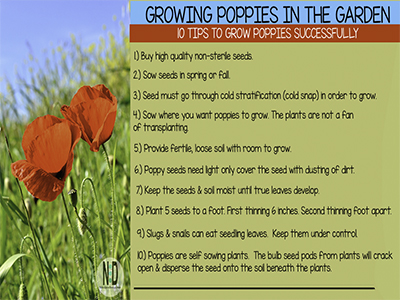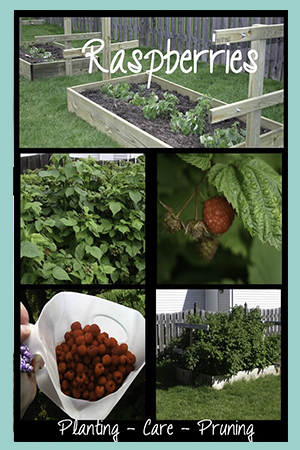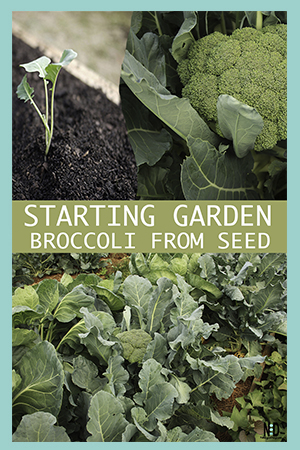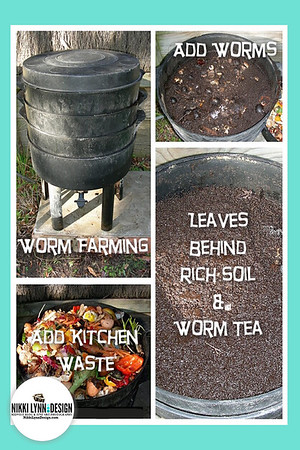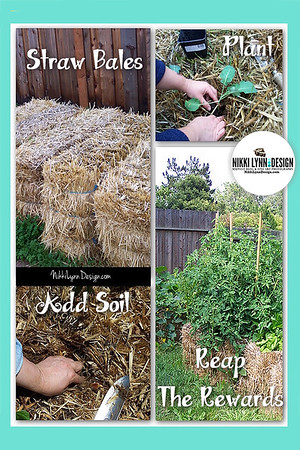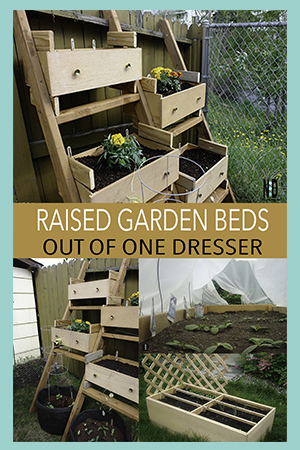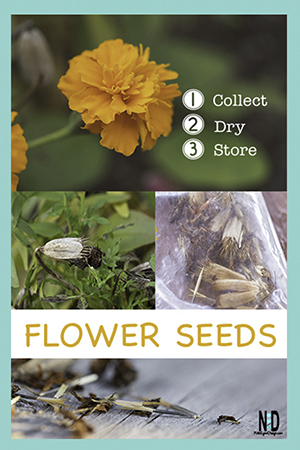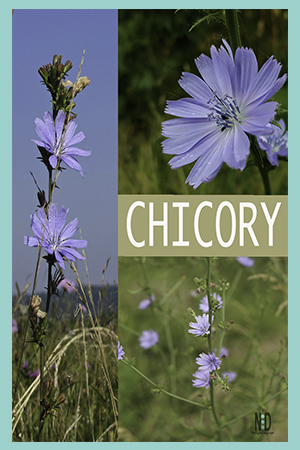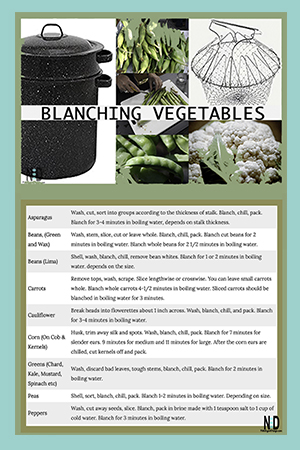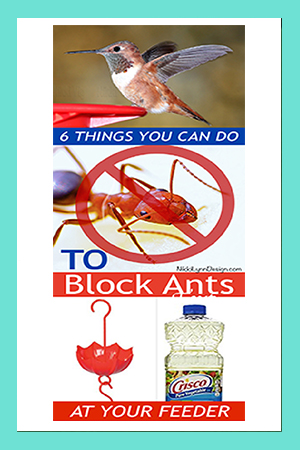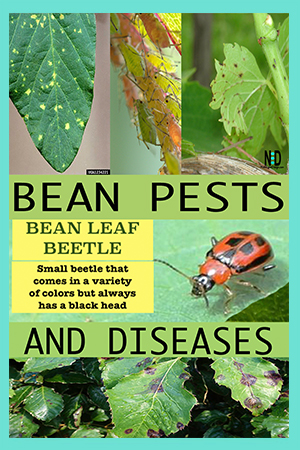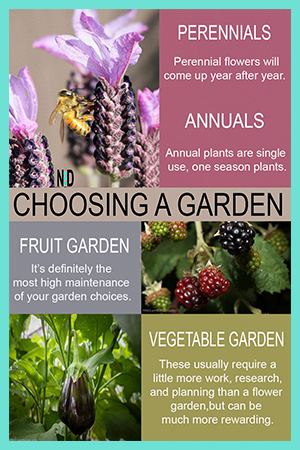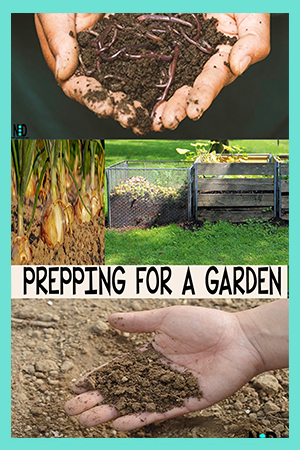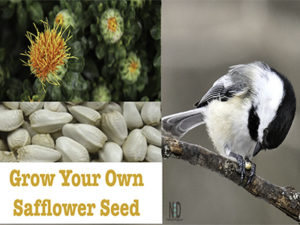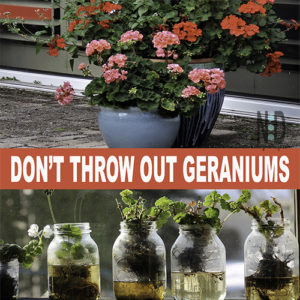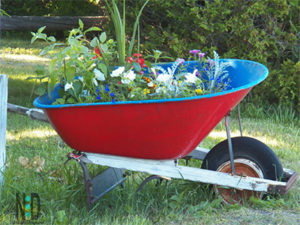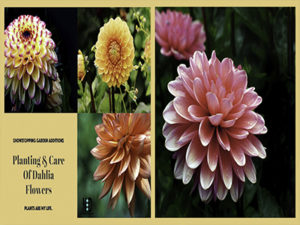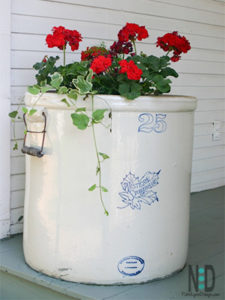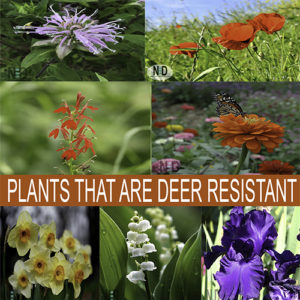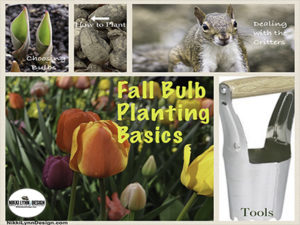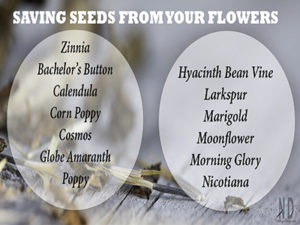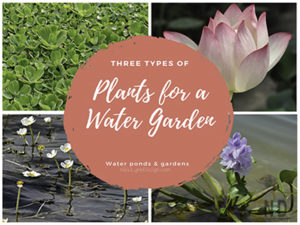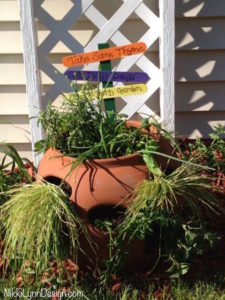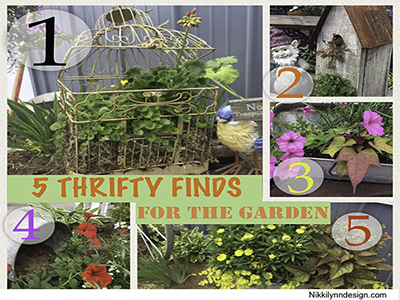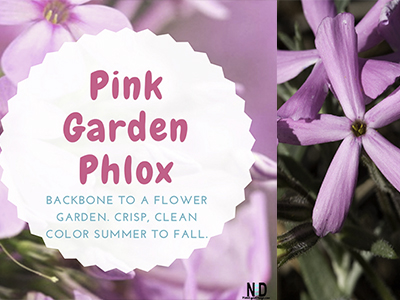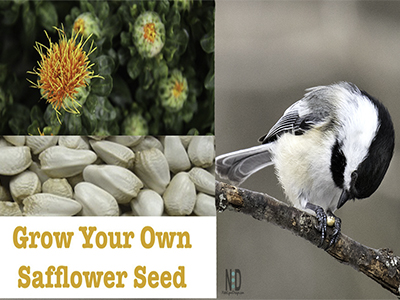Growing Poppies in the Garden
Poppies are the most beautiful, exotic, stunning flowers, and they’re extremely easy to grow following the 10 simple steps provided for growing poppies in the garden.
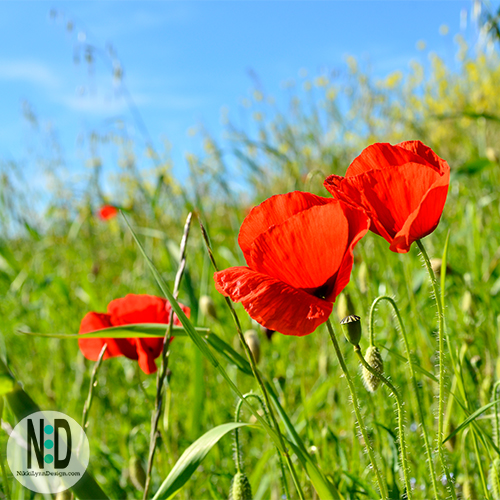
Flowers of the poppy species have 4 to 6 petals that are showy and may be of almost any color and some have markings. Bees use poppies as a pollen source
10 Ways for Growing Poppies in the Garden
1.) Buy High-quality Non-sterile Seeds
This seems fairly obvious but for first-time buyers, many end up purchase cheap seeds at the dollar type stores and other low-quality big box outlets without being able to see other customer reviews.
Most of those seeds have gone through a sterilization process or are low quality and they will yield low-quality flower stock or they will not grow at all.
Search Amazon to see what seeds have the best reviews. This will give you the best success.
2.) Sow Seeds in Spring or Fall
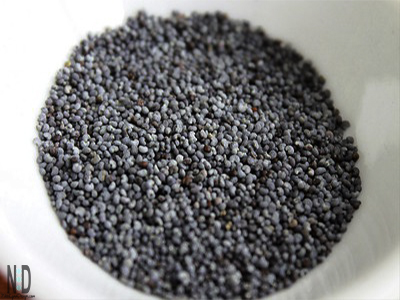
You can sow the seeds of poppies in either the spring or the fall.
• Midwest – Plant poppy seed before snow in fall. Otherwise store seed in refrigerator until spring planting.
If planting in the spring, please see #3 for important information.
3.) The Seed Must Go Through Cold Stratification
In the wild poppy plants will drop their seed in the late summer and early fall. The seed will lay on the ground and are exposed to the elements. One element that is needed is a period of cold in order to signal the seed to germinate, this is why poppies do not grow in the deep south.
If you have collected seed from flowers and want to store it to plant in the spring then you will need to “trick” your seeds to grow. Store the seed in the refrigerator until you are ready to plant.
Additional Posts:
Growing Morning Glories
Collecting & Planting Milkweed Seed
Top 10 Purple Garden Plants
Choosing Healthy Plants
4.) Sow Where You Want Poppies To Grow
Poppies have very delicate roots and are not a fan of transplanting. Sow the seed where the plants will remain, as they resent transplanting.
• Scratch a line into the soil with a stick.
• Plant heavy, thin later. 5 seeds to a foot are not uncommon.
5.) Provide Fertil Loose Soil With Room To Grow
Poppies like loose, loamy soil with plenty of room to grow. The plants are not fans of clay soil.
All garden soil should have three elements to achieve a healthy balance and provide the best possible outcome for your garden plants. Learn how to enrich the soil for planting.
Poppies like their own space. Really, their own garden plots work best to make show-stopping displays.
6.) Covering the Seed with Dirt
Poppy seeds need sunlight to germinate. If you cover the seeds you plant with a heavy covering of soil, the seed can not get sunlight. If you feel the need to cover the seed, it should just be a dusting of soil over the seed.
7.) Water, Water, Water
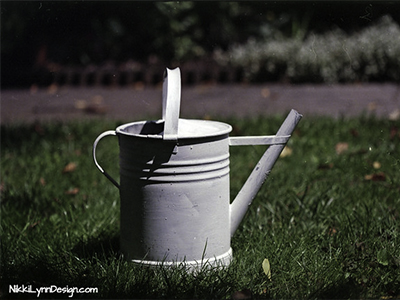
Keep the seeds and soil moist until the plant has developed true leaves. The seeds do not like to dry out. Once the plant has true leaves the roots start to grow deep and will tolerate the top layer of soil drying out.
Once established, I’m not too worried about watering my poppies, the deep roots usually can suck up the water needed and are extremely forgiving plants.
8.) Spacing
When we plant our seeds, we tend to go heavy. 5 seeds to a foot is not uncommon. Most gardeners know that some seed will not germinate and other seedlings will be lost to rabbits and insects.
• Thin your seedlings out to give them room to grow. In the beginning, I thin to 6 inches apart.
• Each poppy plant will need about 1 foot of space once it is established. So a second thinning to keep the healthiest plants may be needed as the plant ages.
9.) Keep Insects At Bay
In the early stages of growing poppies in the garden slugs and snails can be an issue. The critters eat your leaves, which will not allow the plants to grow and flourish. Have issues with them?
Sluggo is a product that I suggest you mix into the soil you plan on sowing your seed in. Water the Sluggo into the soil up to a week before. It takes a week or so for the product to work, which is why I recommend adding it before planting your seeds. Here are the solutions.
Additional Posts:
Life cycle of Monarch
Common Scorpionfly
Red Breasted Nuthatch
Male House Finch
European Starling
10.) Self Sowing
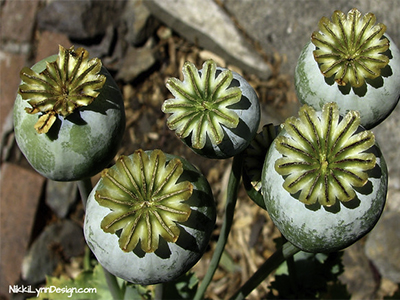
Poppies are self-sowing plants. In the late summer and early fall bulb, seed heads appear and when the seeds are ripe the bulb seed pods will crack open and disperse the seed onto the soil beneath the plants.
The seeds will go through the cold stratification from step number 3 during the offseason to begin the growth process again.
Sharing Is Caring – Pin Me
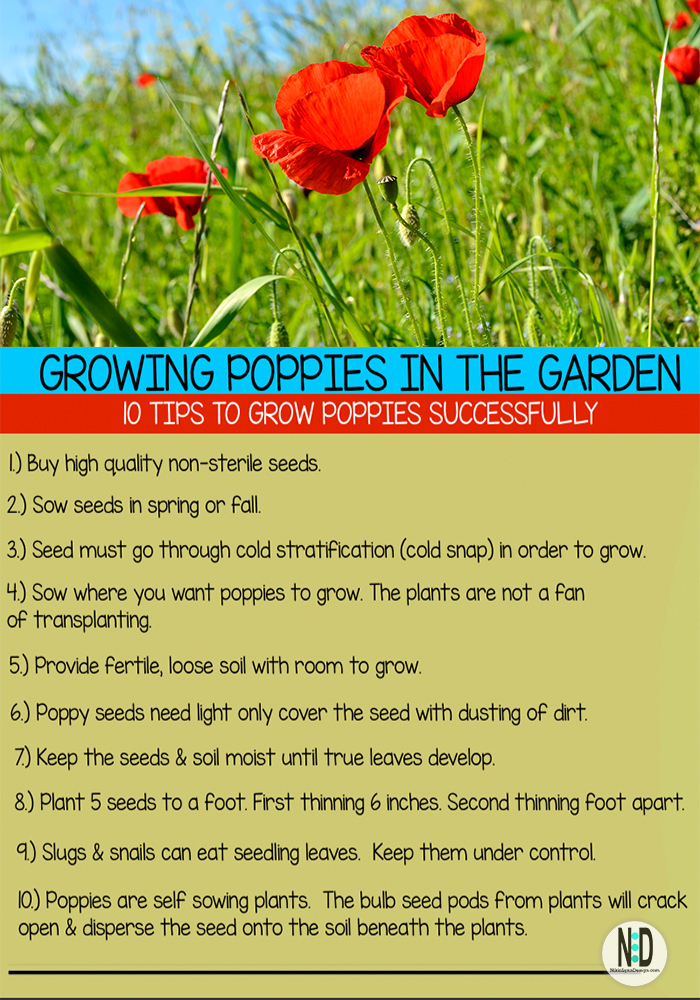
Additional Posts
AFFILIATE POLICY: Posts on this site may contain links to outside vendors that pay me a commission when you purchase from them, at no additional cost to you. Thank you for supporting this site!
